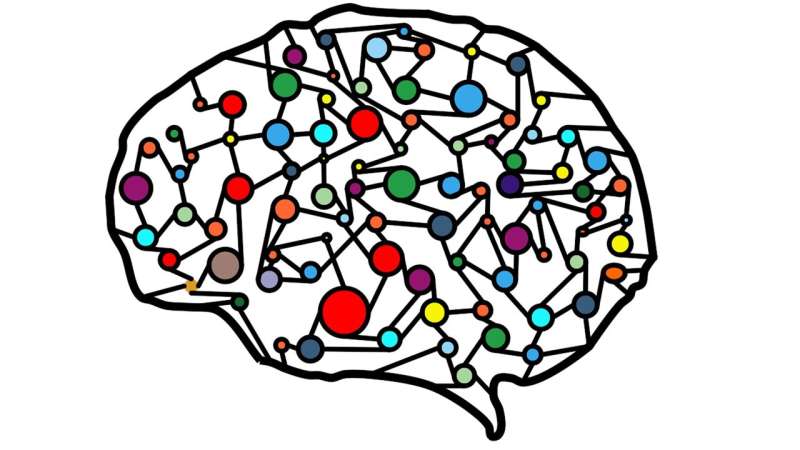Researchers use machine learning to rank cancer drugs in order of efficacy

Researchers from Queen Mary University of London have developed a machine learning algorithm that ranks drugs based on their efficacy in reducing cancer cell growth. The approach may have the potential to advance personalised therapies in the future by allowing oncologists to select the best drugs to treat individual cancer patients.
The method, named Drug Ranking Using Machine Learning (DRUML), was published today in Nature Communications and is based on machine learning analysis of data derived from the study of proteins expressed in cancer cells. Having been trained on the responses of these cells to over 400 drugs, DRUML predicts the best drug to treat a given cancer model.
Speaking of the new method, Professor Pedro Cutillas from Queen Mary University of London, who led the study, said: “DRUML predicted drug efficacy in several cancer models and from data obtained from different laboratories and in a clinical dataset. These are exciting results because previous machine learning methods have failed to accurately predict drug responses in verification datasets, and they demonstrate the robustness and wide applicability of our method.”
The research was funded by The Alan Turing Institute, Medical Research Council, Barts Charity and Cancer Research UK.
How does DRUML work?
The team used datasets derived from proteomics (the study of proteins within cells) and phosphoproteomics (the study of how these proteins are modified) analyses of 48 leukaemia, oesophagus and liver cancer cell lines as the input for DRUML to build models that may be applied to leukaemia and solid tumours.
By training the models using the responses of these cells to 412 cancer drugs listed in drug response repositories, DRUML was able to produce ordered lists based on the effectiveness of the drugs to reduce cancer cell growth. The team then verified the predictive accuracy of the models using data obtained from 12 other laboratories and a clinical dataset of 36 primary acute myeloid leukaemia samples.
Importantly, as new drugs are developed moving forwards, DRUML could be retrained to capture all clinically relevant cancer drugs.
Machine learning and personalised medicine
Cancers of the same type exhibit great variation in their genetic makeup and characteristics from patient to patient. In the clinic, this variation translates to patients having different responses to therapy. To address this issue, the field of personalised medicine aims to combine genetic insights with other clinical and diagnostic information to identify patterns that can allow clinicians to predict patient responses to therapies and select the most effective interventions.
Source: Read Full Article


